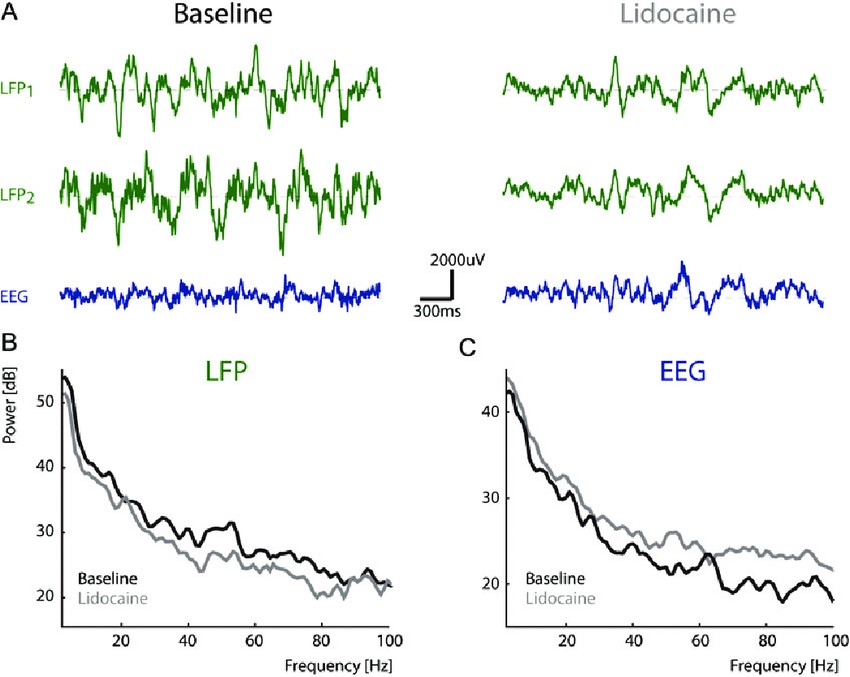- Home
-
Screening
- Ionic Screening Service
-
Ionic Screening Panel
- Ligand Gated Ion Channels
- Glycine Receptors
- 5-HT Receptors3
- Nicotinic Acetylcholine Receptors
- Ionotropic Glutamate-gated Receptors
- GABAa Receptors
- Cystic Fibrosis Transmembrane Conductance Regulators (CFTR)
- ATP gated P2X Channels
- Voltage-Gated Ion Channels
- Calcium Channels
- Chloride Channels
- Potassium Channels
- Sodium Channels
- ASICs
- TRP Channels
- Other Ion Channels
- Stable Cell Lines
- Cardiology
- Neurology
- Ophthalmology
-
Platform
-
Experiment Systems
- Xenopus Oocyte Screening Model
- Acute Isolated Cardiomyocytes
- Acute Dissociated Neurons
- Primary Cultured Neurons
- Cultured Neuronal Cell Lines
- iPSC-derived Cardiomyocytes/Neurons
- Acute/Cultured Organotypic Brain Slices
- Oxygen Glucose Deprivation Model
- 3D Cell Culture
- iPSC-derived Neurons
- Isolation and culture of neural stem/progenitor cells
- Animal Models
- Techinques
- Resource
- Equipment
-
Experiment Systems
- Order
- Careers
Continuous Telemetric EEG Recordings
Electroencephalography (EEG) is one of the most commonly used methods to measure brain activity in humans and lab animals. Surface EEG signal depends on both the amplitude and spatial synchronization of underlying neural activity.
Noninvasive EEG measurements are easily combined with other techniques like behavior testing and micro-dialysis. Understanding the effects of test compounds on the activity and function of the brain are essential in drug development, continuous EEG following acute or chronic compound treatment in combination with multiple animal model researches and behavioral testing.

Fig. 1 Effects of lidocaine on single-trial EEG and LFP
Here in Creative Bioarray, we use EEG monitoring to assess changes in sleep state and electrical activity associated with neurological disease models. Using a telemetric approach, EEG patterns indicative of changes in underlying neuronal function are recorded and show specific rhythmic activity that can be used as characteristic translational biomarkers.
Reference
Musall S, et al. Effects of neural synchrony on surface EEG. Cereb Cortex. 2014; 24: 1045–1053.
Related Section
Inquiry

